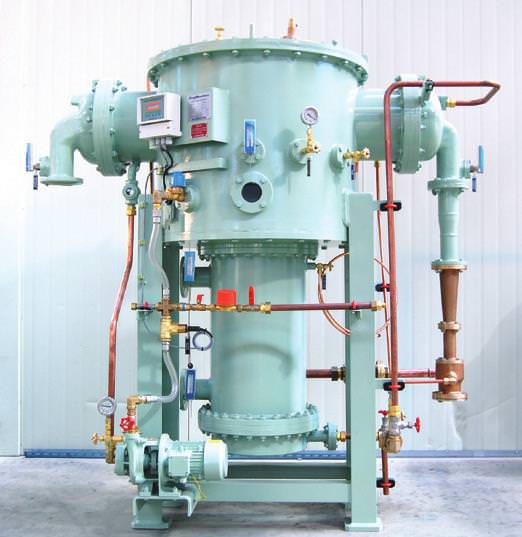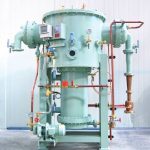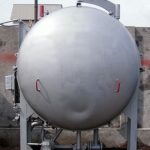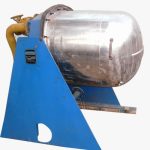Fresh Water Generator

Fresh Water Generator
Fresh water generator is a crucial piece of equipment used primarily on ships and other maritime vessels to convert seawater into potable (drinkable) water. This technology is essential for sustaining life during long journeys at sea where fresh water sources are not readily available.
Here’s a brief introduction to how fresh water generators work:
Reverse Osmosis Principle: Most modern fresh water generators operate on the principle of reverse osmosis (RO). RO involves using high pressure to force seawater through a semi-permeable membrane. This membrane allows water molecules to pass through while filtering out salts, minerals, and other impurities present in seawater.
Multi-Stage Process: Fresh water generation typically involves multiple stages of filtration and treatment to ensure that the resulting water meets drinking water standards. This may include pre-filtration to remove larger particles, followed by the RO process to desalinate the water, and finally post-treatment to adjust pH levels and remove any remaining contaminants.
Energy Source: Fresh water generators require energy to operate, usually provided by the ship’s engines or dedicated generators. Energy efficiency is crucial to minimize fuel consumption and operational costs.
Output and Capacity: The output of a fresh water generator is measured in liters per hour or gallons per day, depending on the size and capacity of the unit. Larger vessels typically have higher-capacity generators to meet the demands of crew members, passengers, and various shipboard systems.
Maintenance: Regular maintenance is essential to ensure the efficient operation of fresh water generators. This includes cleaning the membranes, replacing filters, monitoring water quality, and addressing any mechanical issues that may arise.



